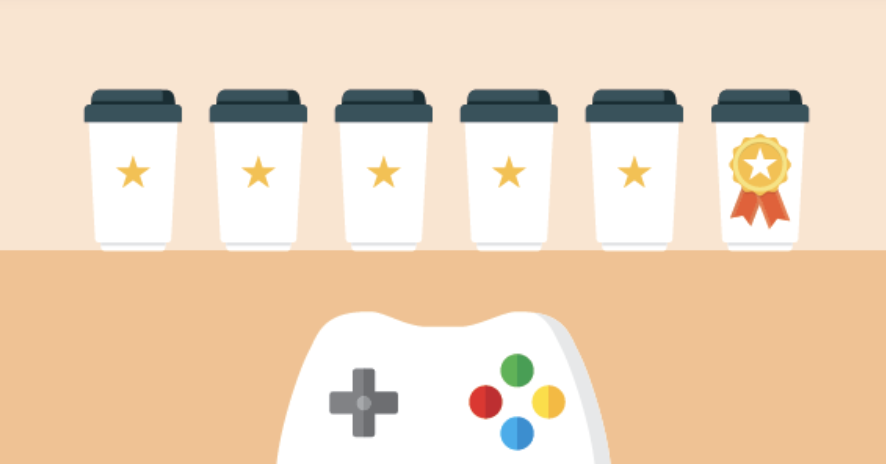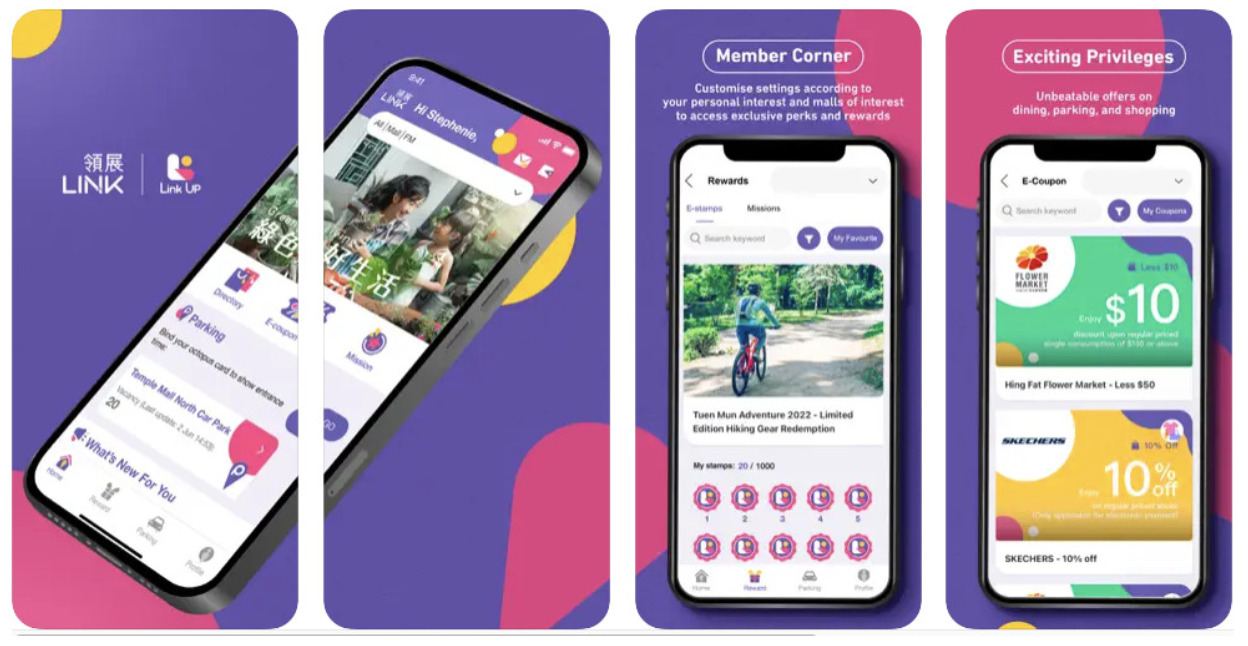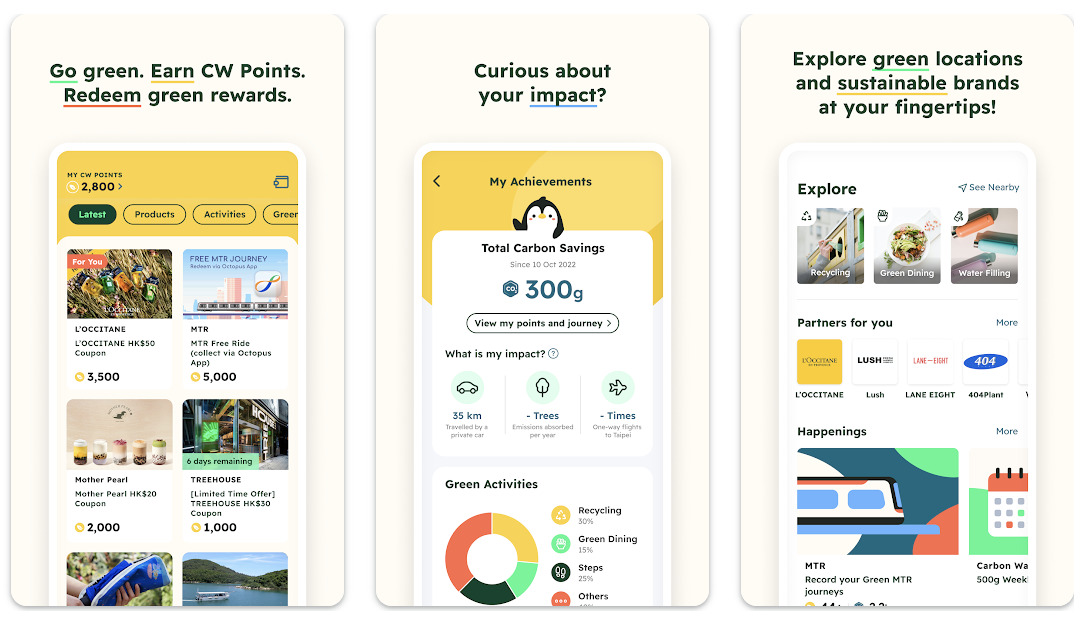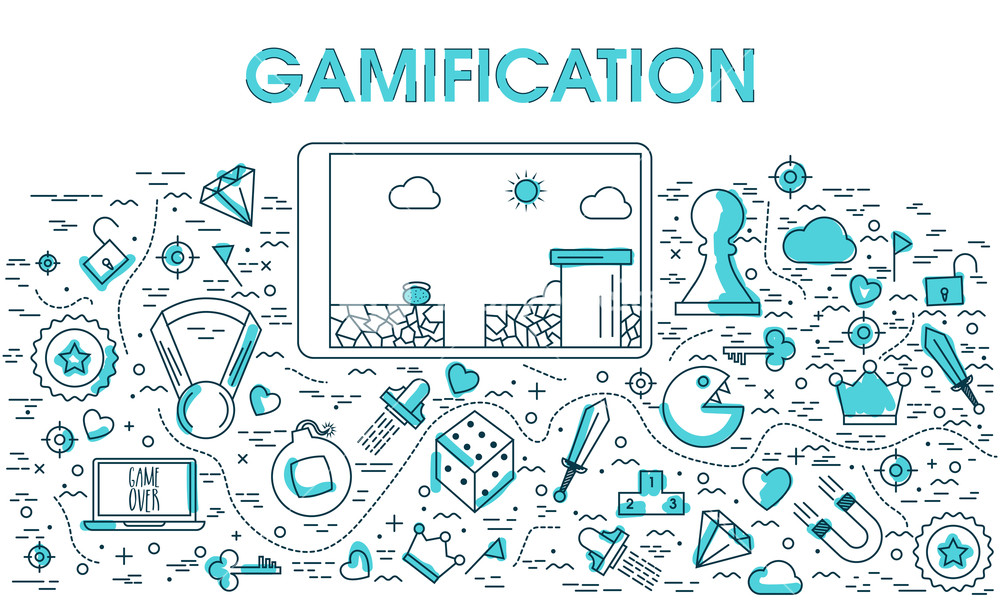Elevate Your Loyalty Program with Game Mechanics
Gamification is an effective strategy that businesses can use to increase customer loyalty and engagement. By incorporating game-like elements into their loyalty programs, businesses can create a more engaging experience for customers and incentivize them to stay loyal to the brand. In this article, we’ll explore how businesses can use gamification in their loyalty programs to increase customer loyalty and engagement while providing examples and case studies to illustrate its effectiveness.
-
Offer Rewards and Incentives
One of the most effective ways to use gamification in a loyalty program is by offering rewards and incentives. By offering customers points, badges, or other rewards for completing certain actions, businesses can create a sense of achievement and encourage customers to participate more frequently.

For example, the My Coke Rewards program offers customers points for purchasing Coca-Cola products, which can then be redeemed for rewards such as merchandise and experiences. By offering rewards for purchases, Coca-Cola has created a sense of achievement and encourages customers to participate more frequently.
-
Create Interactive Challenges
Creating interactive challenges is another effective way to use gamification in a loyalty program. By creating challenges that require customers to engage with the brand in a unique way, businesses can create a sense of excitement and encourage customers to participate more frequently.

For example, the latest Link Up app launched by Link Properties included the gamification elements of interactive challenges to motivate customers spending. There are integrated missions available in the app for users to complete and earn different kinds of rewards, such as collecting stamps or coupons in exchange of exclusive discounts and special merchandise. These challenges are designed to be both fun and achievable, keeping customers engaged and eager to see what’s next.
-
Use Progression and Levels
Progression and levels are another effective way to use gamification in a loyalty program. By creating a sense of progression and allowing customers to level up as they engage with the brand, businesses can create a more engaging experience for customers.

For example, the Starbucks Rewards program allows customers to progress to higher levels of membership by earning stars for purchases. As customers progress to higher levels, they unlock additional rewards and benefits, creating a sense of achievement and encouraging them to participate more frequently.
-
Incorporate Social Sharing and leaderboards
Incorporating social sharing into a loyalty program is another effective way to use gamification to increase customer loyalty and engagement. Leaderboards can also create a sense of competition and encourage customers to participate more frequently.
For example, the Domino’s Piece of the Pie Rewards program allows customers to earn points for their pizza purchases, which can be redeemed for free pizza. Customers can also share their progress on social media to earn bonus points. By incorporating social sharing, Domino’s has created a sense of community and encourages customers to participate more frequently.
-
Virtual Currency
Virtual currency is another video game element that can be used in loyalty programs. By offering customers virtual currency that can be redeemed for rewards or discounts, businesses can create a sense of value and encourage customers to participate more frequently.

Take Carbon Wallet as an example, After users finish different missions or challenges, Carbon Wallet offers them Carbon Coins that can be redeemed for rewards or discounts on eco-friendly products and services. By doing so, Carbon Wallet can create a sense of value and encourage customers to participate more frequently in taking eco-friendly actions.
Incorporating gamification into loyalty programs can be an effective strategy for increasing customer loyalty and engagement. However, it’s important for businesses to ensure that the gamification elements are aligned with the overall goals of the loyalty program and the brand’s values. When done correctly, gamification can be a powerful tool for businesses to create a more engaging and rewarding experience for their customers, ultimately driving customer loyalty and increasing revenue.
If you want to learn more about how to elevate your loyalty program, feel free to visit us for more insights or contact us for a one-on-one consultation.
Customizable Loyalty Platform for Business Needs: Tailored to Your Brand
Unlock the true potential of your brand with our customizable loyalty platform tailored to your business needs. Visit our page and discover seamless integration, tailor-made apps, and battle-tested security for your brand’s success!
